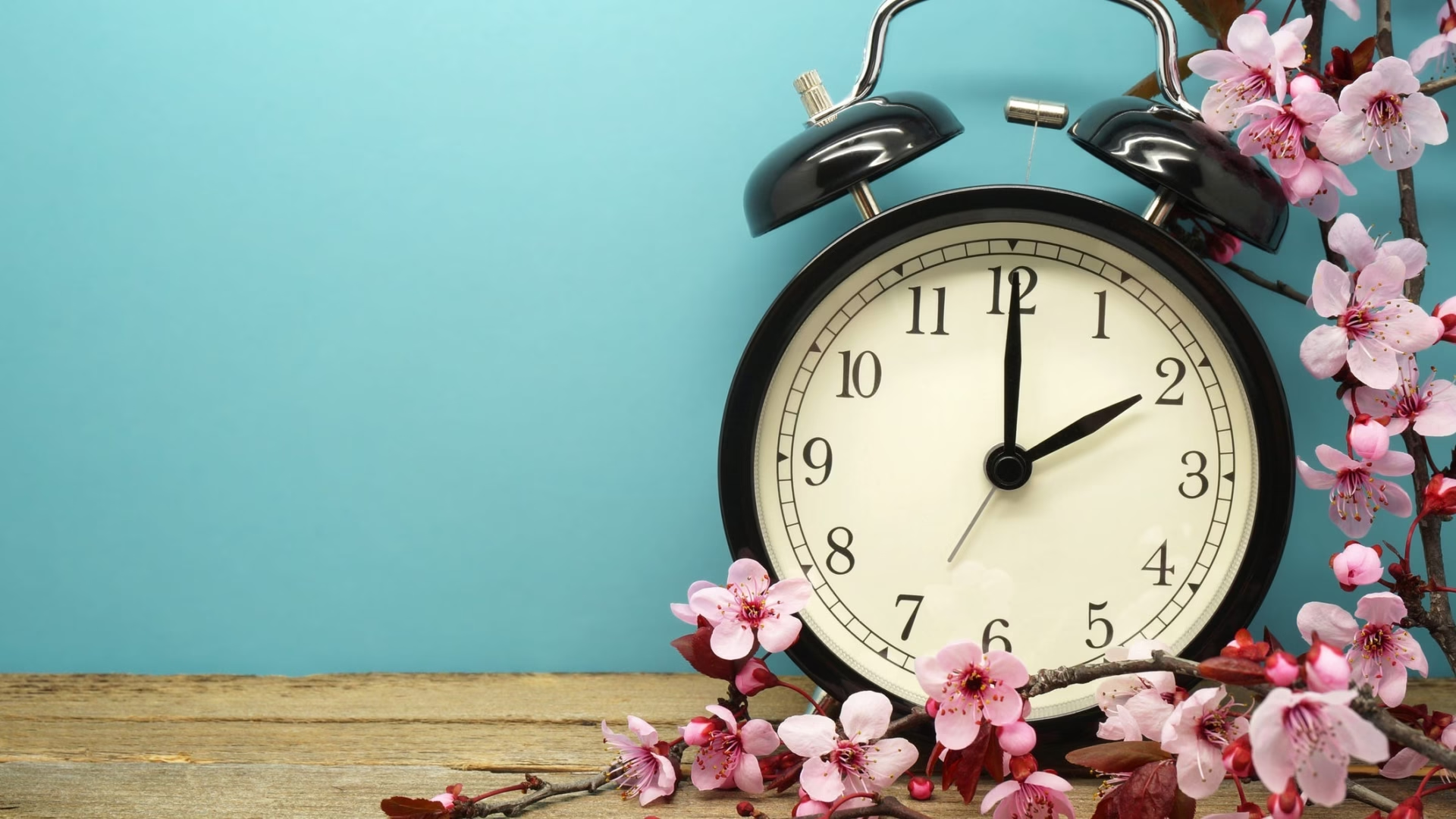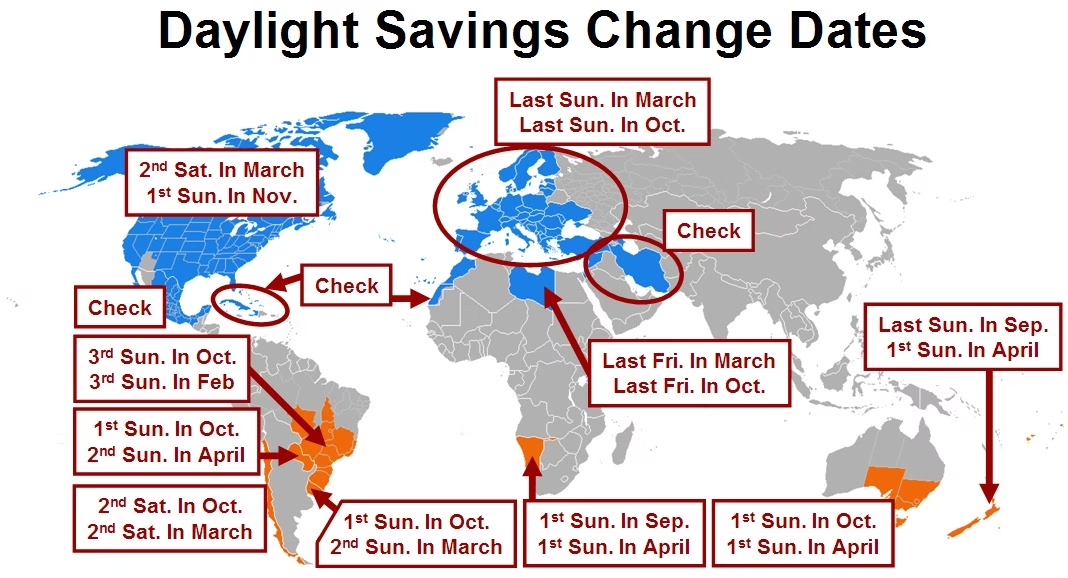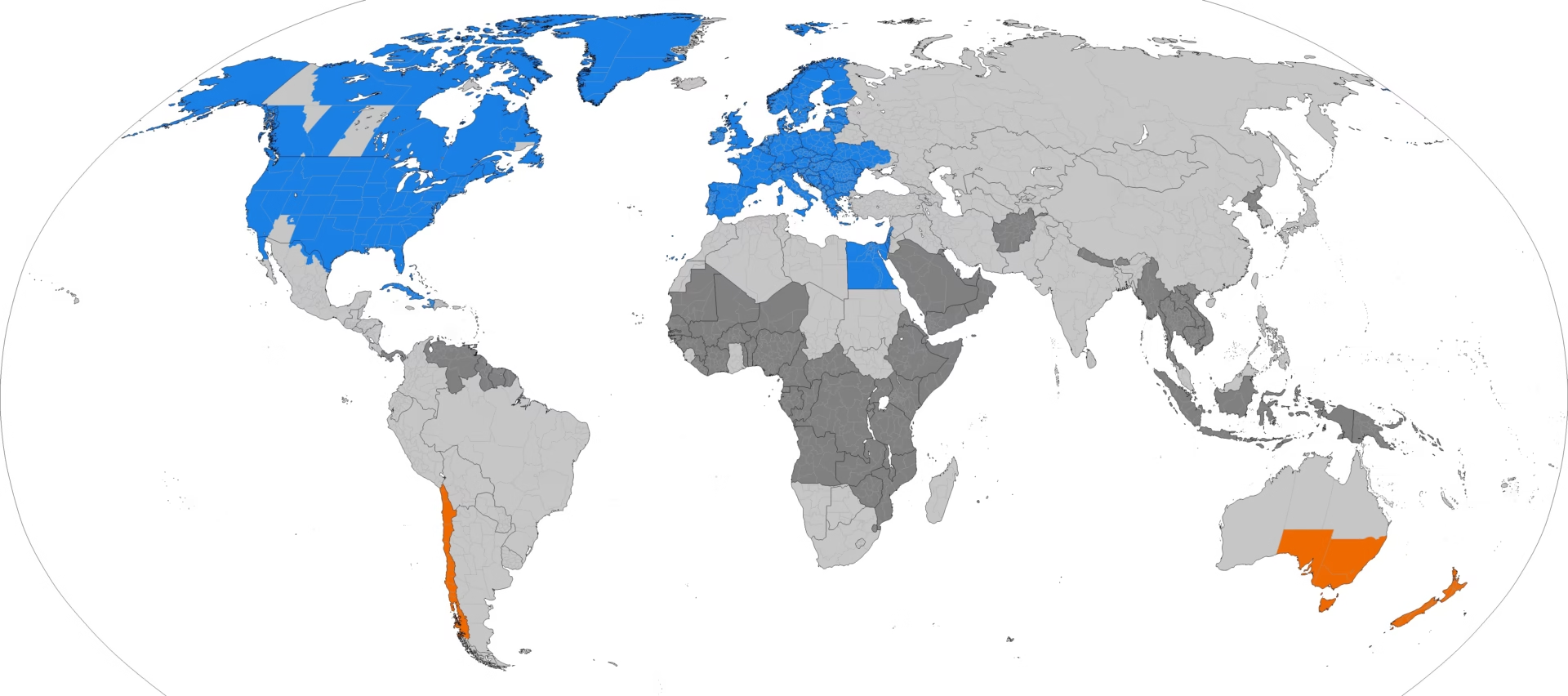
The Great Daylight: As we approach 2025, the conversation around Daylight Saving Time (DST) is more relevant than ever. For over a century, the practice of moving clocks forward in spring and back in fall has been a source of both fascination and frustration.
While some people cherish the extra hour of sunlight in the evenings, others lament the disruption to sleep schedules, the confusion it causes, and the potential health risks associated with the time change. But as society evolves, so too does the debate around DST. Could 2025 be the year that brings significant changes to how we handle time? This article explores the history, science, global perspectives, and potential future of Daylight Saving Time, offering a comprehensive look at this enduring topic.
A Deep Dive into the History of Daylight Saving Time
The Origins of Daylight Saving Time
The concept of Daylight Saving Time dates back to the early 20th century. While Benjamin Franklin is often credited with the idea (he humorously suggested in a 1784 essay that Parisians could save money on candles by waking up earlier), the modern implementation of DST began during World War I. Germany was the first country to adopt DST in 1916 as a way to conserve coal during the war. The idea quickly spread to other European nations and the United States, which implemented DST in 1918 under the Standard Time Act.
However, DST was not universally popular. After the war ended, many countries abandoned the practice, only to reintroduce it during World War II for similar energy-saving reasons. In the U.S., DST became a patchwork of local and state policies, leading to widespread confusion.
Also Read: PRODUCT RED Legacy: How Apple’s Innovative Products and Donations That Changed Lives
The Uniform Time Act of 1966
To address the chaos, the U.S. Congress passed the Uniform Time Act in 1966, which standardized the start and end dates of DST across the country. However, the law allowed states to opt out of DST if they chose. Today, Hawaii and most of Arizona do not observe DST, and U.S. territories like Puerto Rico and Guam also remain on standard time year-round.
The Expansion of DST in the 1970s
During the 1973 oil crisis, the U.S. experimented with year-round DST to save energy. The policy, known as “War Time,” lasted from January 1974 to April 1975. While it initially received public support, the experiment was ultimately abandoned due to concerns about darker winter mornings and increased risks for children traveling to school.
Recent Developments
In recent years, the debate over DST has gained new momentum. In 2022, the U.S. Senate passed the Sunshine Protection Act, which would make DST permanent nationwide. However, the bill stalled in the House of Representatives, leaving the future of DST uncertain.
The Science Behind Daylight Saving Time

Sources: The time zone maps were made using the CIA’s world time zone map. The daylight saving map was made using DST Countries Map by TimeZonesBoy from Wikimedia Commons.
The Benefits of DST
Proponents of DST argue that it offers several benefits, including:
- Energy Savings: By extending daylight into the evening, DST reduces the need for artificial lighting, leading to lower energy consumption.
- Reduced Traffic Accidents: Studies have shown that the extra hour of daylight in the evening can lead to fewer traffic accidents, as visibility is improved during peak commuting hours.
- Increased Physical Activity: With more daylight in the evening, people are more likely to engage in outdoor activities like walking, jogging, or playing sports.
- Economic Benefits: Longer evenings encourage people to shop, dine out, and participate in recreational activities, boosting local economies.
The Drawbacks of DST
Despite these benefits, DST has its share of critics. Some of the most commonly cited drawbacks include:
- Health Risks: The biannual time change disrupts circadian rhythms, leading to sleep deprivation, increased stress, and a higher risk of heart attacks and strokes in the days following the switch.
- Minimal Energy Savings: While DST reduces the need for lighting, the increased use of air conditioning in the evening can offset these savings.
- Safety Concerns: Darker mornings during the winter months can pose risks for children walking to school and commuters driving to work.
- Economic Costs: The time change can disrupt industries like agriculture, transportation, and healthcare, which rely on precise scheduling.
The Case for Permanent Standard Time
Some health experts argue that permanent standard time would be better for human health. Standard time aligns more closely with the body’s natural circadian rhythms, which are regulated by the sun. By keeping clocks set back year-round, people would experience more daylight in the morning, which can help regulate sleep patterns and improve overall well-being.
The Push for Permanent Daylight Saving Time

The Sunshine Protection Act
In 2022, the U.S. Senate unanimously passed the Sunshine Protection Act, which would make DST permanent nationwide. The bill was introduced by Senator Marco Rubio of Florida, who argued that permanent DST would benefit the economy, reduce seasonal depression, and improve public safety.
However, the bill faced opposition in the House of Representatives, where lawmakers raised concerns about the potential risks of darker winter mornings. As of 2023, the Sunshine Protection Act has not been signed into law, but the debate continues.
Public Opinion on Permanent DST
Public opinion on permanent DST is divided. A 2019 poll by the Associated Press found that 71% of Americans prefer to stop changing their clocks, but there is no clear consensus on whether to adopt permanent DST or permanent standard time.
The Role of States
In the absence of federal action, some states have taken matters into their own hands. California, Florida, and Washington have all passed legislation to move to permanent DST, but these changes cannot take effect without approval from Congress.
Global Perspectives on Daylight Saving Time
Europe’s Approach to DST
In 2019, the European Union voted to end the practice of seasonal clock changes, allowing member states to choose between permanent standard time or permanent DST. However, the implementation of this decision has been delayed, and it remains unclear when or if it will take effect.
Russia and Turkey’s Experiments
Russia adopted permanent DST in 2011, but the policy was abandoned in 2014 due to public dissatisfaction with darker winter mornings. Similarly, Turkey switched to permanent DST in 2016 but reverted to standard time in 2018.
Countries That Do Not Observe DST
Many countries near the equator do not observe DST, as the length of their days does not vary significantly throughout the year. In addition, several countries, including Japan, India, and China, have never adopted DST.
What Could 2025 Bring?
Scenario 1: Permanent Daylight Saving Time: A Future Without Time Changes
If the Sunshine Protection Act or a similar bill were to pass, 2025 could be the year the United States finally adopts permanent Daylight Saving Time (DST). This decision would eliminate the biannual ritual of setting clocks forward in spring and back in fall, ensuring that clocks remain set forward year-round. Such a move could have significant implications for daily life, the economy, and even public health.
The Vision for Permanent DST
The push for permanent DST is primarily driven by the desire to maximize daylight hours in the evening. Under this system, Americans would experience brighter evenings throughout the year, reducing reliance on artificial lighting and providing more opportunities for outdoor activities. Supporters argue that longer daylight in the evening could lead to improved mental health, economic growth, and even increased safety.
One of the most vocal proponents of this change, Senator Marco Rubio, introduced the Sunshine Protection Act with the argument that permanent DST would eliminate the disruptions caused by time changes while delivering economic and social benefits. The bill received strong bipartisan support in the Senate, reflecting widespread dissatisfaction with the current system.
Scenario 2: Permanent Standard Time
Permanent Daylight Saving Time: A Future Without Time Changes
If the Sunshine Protection Act or a similar bill were to pass, 2025 could be the year the United States finally adopts permanent Daylight Saving Time (DST). This decision would eliminate the biannual ritual of setting clocks forward in spring and back in fall, ensuring that clocks remain set forward year-round. Such a move could have significant implications for daily life, the economy, and even public health.
The Vision for Permanent DST
The push for permanent DST is primarily driven by the desire to maximize daylight hours in the evening. Under this system, Americans would experience brighter evenings throughout the year, reducing reliance on artificial lighting and providing more opportunities for outdoor activities. Supporters argue that longer daylight in the evening could lead to improved mental health, economic growth, and even increased safety.
One of the most vocal proponents of this change, Senator Marco Rubio, introduced the Sunshine Protection Act with the argument that permanent DST would eliminate the disruptions caused by time changes while delivering economic and social benefits. The bill received strong bipartisan support in the Senate, reflecting widespread dissatisfaction with the current system.
Scenario 3: The Status Quo
If no federal legislation is passed, the status quo will likely remain, with states continuing to have the option to opt out of DST.
The Role of Technology
As technology advances, the way we think about time may continue to evolve. Smart devices and automated systems could make the transition between time zones and DST more seamless, reducing the disruption caused by the time change.
The Cultural Significance of Daylight Saving Time
DST in Popular Culture
Daylight Saving Time has been a recurring theme in movies, TV shows, and literature. From the confusion caused by the time change in Groundhog Day to the symbolic significance of time in Inception, DST has captured the public’s imagination.
The Ritual of Changing Clocks
For many people, the biannual ritual of changing clocks is a reminder of the passage of time. It serves as a symbolic reset, marking the transition between seasons and offering an opportunity to reflect on the past and plan for the future.
Read from Wikipedia about Daylight Time changes in recent times all over the world.
FAQ Section
Discover more from USA International
Subscribe to get the latest posts sent to your email.

Awesome https://is.gd/tpjNyL
Very good https://is.gd/tpjNyL